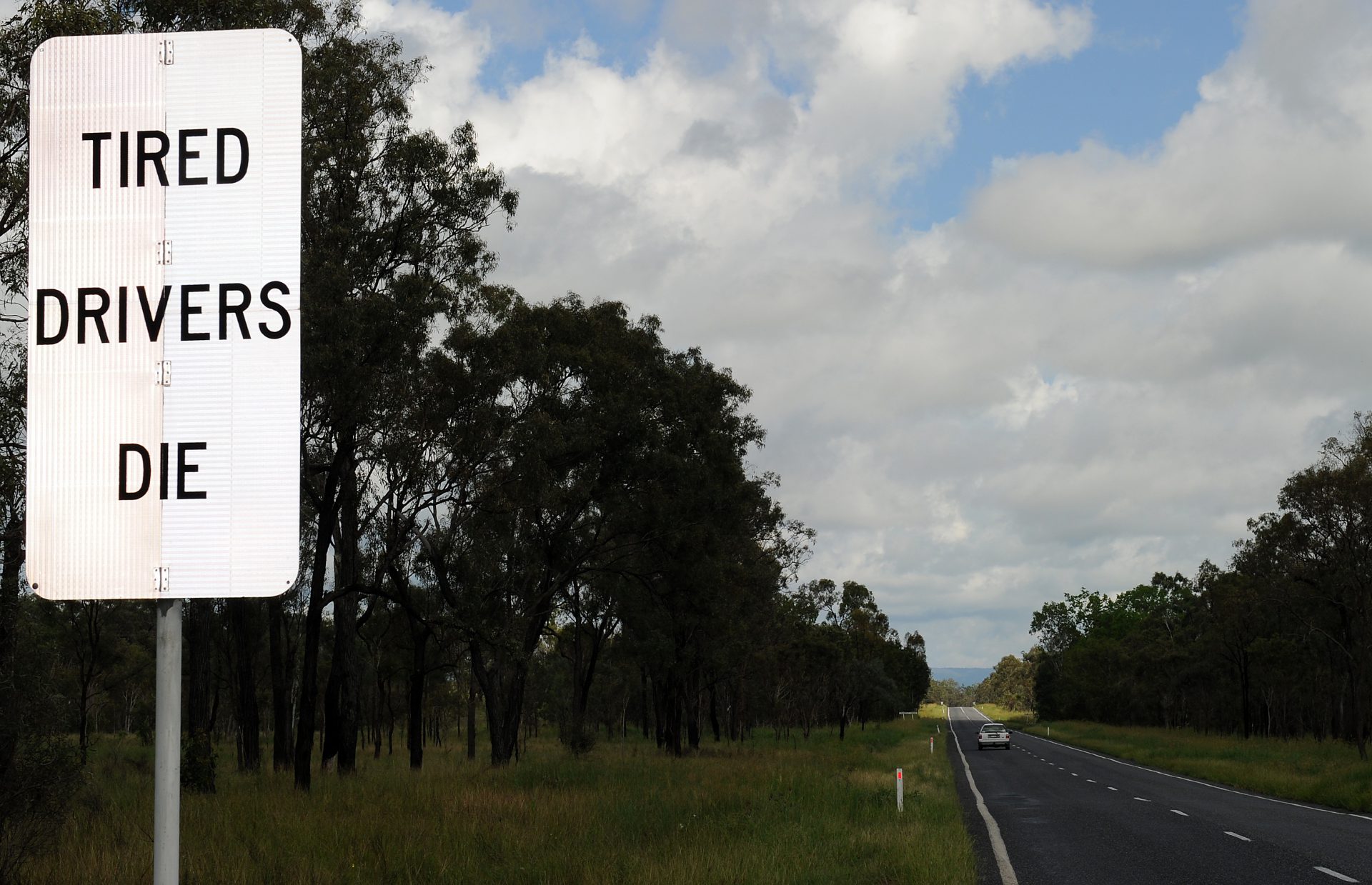

We may earn revenue from the products available on this page and participate in affiliate programs. Learn more ›
After a full day of skiing and not enough sleep, Virginia Tech freshman Nicole Lee was a passenger in a car heading back to school when she fell asleep. Tragically, so did the four college friends she was riding with, including the driver.
“They were all honor roll students wearing their seat belts; they were not drinking, they were not doing drugs, the only factor to this was drowsy driving,” Lee’s sister, Jennifer Pearce, told The Drive. They all knew they were tired, but they didn’t realize that meant not to get behind the wheel.”
Riding in the front passenger seat, the 18-year-old Lee was killed after the car crashed head-on into a tree. The 2008 crash turned her sibling, Pearce, into an advocate, determined to educate people about the dangers of driving when sleep deprived, a scenario involved in far more crashes than previously realized, new research shows.
Using footage of everyday drivers, researcher found the percentage of crashes involving drowsiness are almost eight times higher than federal estimates indicate, the AAA Foundation for Traffic Safety said Thursday.
Researchers used vehicle dashcam videos to measure how long a person’s eyes were closed in the three minutes ahead of more than 700 crashes. They found 9.5 percent of all crashes and 10.8 percent of crashes resulting in significant property damage involved drowsiness. Federal estimates indicate drowsiness is a factor in only one to two percent of crashes.
“A lot of times drowsy driving is a factor, but it’s attributed to running a red light, but that’s because they were micro sleeping through the light,” said Pearce, who has spent a fair number of hours handing out coffee at highway rest stops and knows from talking with motorists that many are driving sleepy.
The accident that killed her sister is unusual in how clear it is as to what caused it, noted Pearce. “The only factor is he feel asleep,” she said of the driver, who along with the other two passengers recovered from their injuries. The driver told Pearce he’d slept about two hours the night before.
The Centers for Disease Control and Prevention says that 35 percent of U.S. drivers sleep less than the recommended minimum of seven hours daily. A recent AAA Foundation survey found nearly all drivers, or 96 percent, said they viewed drowsy driving as a serious safety threat. Yet 29 percent admitted to driving when they were so tired they had a hard time keeping their eyes open at some point in the past month.
